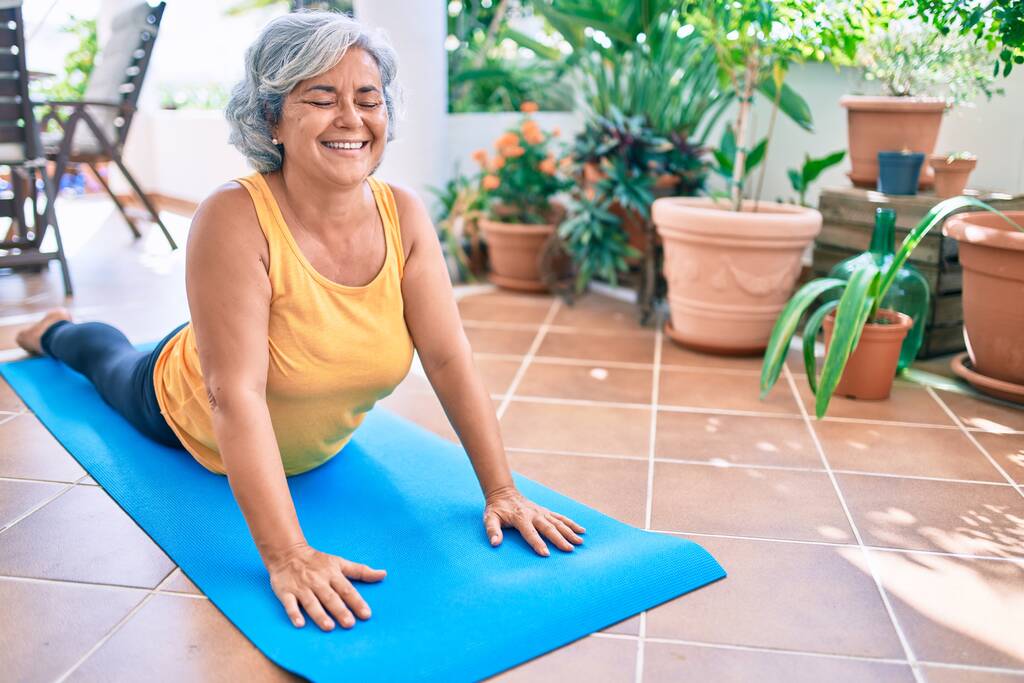As you age, your body goes through various changes that can affect how you approach exercise. Maintaining an active lifestyle can help your overall health and well-being, but it’s important to adjust your exercise routine as your body changes. Here are some tips on how to change your exercise habits as you age to stay healthy, strong, and injury-free.

-
Focus on Flexibility and Mobility
Importance of Flexibility
As people age, flexibility often decreases, resulting in stiffness and a reduced range of motion. Including flexibility and mobility exercises in your routine can help mitigate these effects and enhance overall function.
Stretching and Yoga
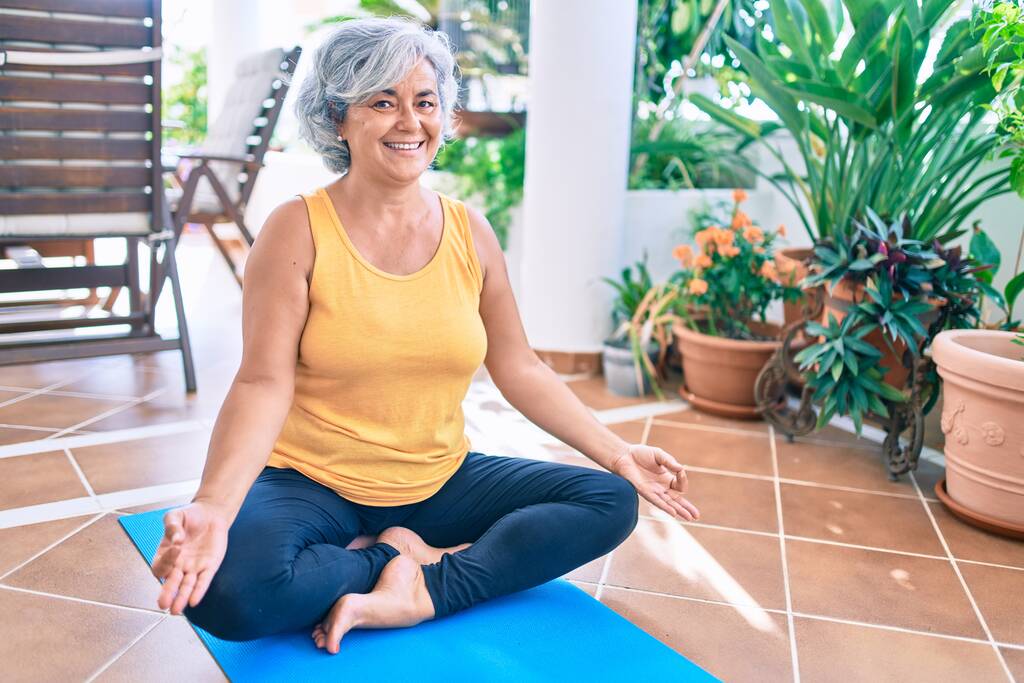
Incorporate stretching exercises or yoga into your daily routine. Stretch all major muscle groups – a good stretch should be held for 30 seconds. Yoga is particularly beneficial as it combines flexibility, balance, and strength training in one practice.
Dynamic Warm-Ups
Before engaging in more intense exercises, perform dynamic warm-ups to prepare your muscles and joints. Activities like leg swings, arm circles, and gentle twists can increase blood flow and improve flexibility.
-
Incorporate Strength Training
Benefits of Strength Training
Muscle mass decreases with age, a condition known as sarcopenia. Strength training helps maintain muscle mass, increases bone density, and enhances metabolism, which are all crucial for healthy aging.
Resistance Exercises
Incorporate resistance exercises using weights, resistance bands, or body weight. Focus on compound movements, which work multiple muscle groups simultaneously.
Frequency and Intensity
Aim to strength train at least two to three times a week. Start lighter and gradually increase as your strength improves. Always prioritize proper form to avoid injuries.
-
Prioritize Cardiovascular Health
Cardio Exercise
Cardiovascular exercises help to maintain heart health, improve endurance, and manage weight. Activities like walking, cycling, swimming, and dancing are excellent choices, you may need to take precautions such as looking into exercise support sleeves from BearHug to protect your body from injury.
Low-Impact Options
As you age, low-impact cardio options become more important to reduce strain on your joints. Swimming and cycling are gentle on the knees and hips, so they are ideal for older adults.
Consistency
Strive for at least 150 minutes of aerobic activity (moderately energetic) or 75 minutes of intense activity each week. You can break this down into manageable sessions, such as 30 minutes a day, five days a week.
-
Emphasize Balance and Stability
Importance of Balance
Good balance is crucial for preventing falls and maintaining independence as you age. Incorporating balance exercises should improve your stability and coordination.
Balance Exercises
Include exercises like standing on one leg, heel-to-toe walking, and tai chi in your routine. These exercises challenge your balance and strengthen stabilizing muscles.
Progressive Challenges
Start with simple balance exercises and progressively increase the difficulty. Use support when needed and gradually move to more challenging movements as your balance improves.
-
Listen to Your Body
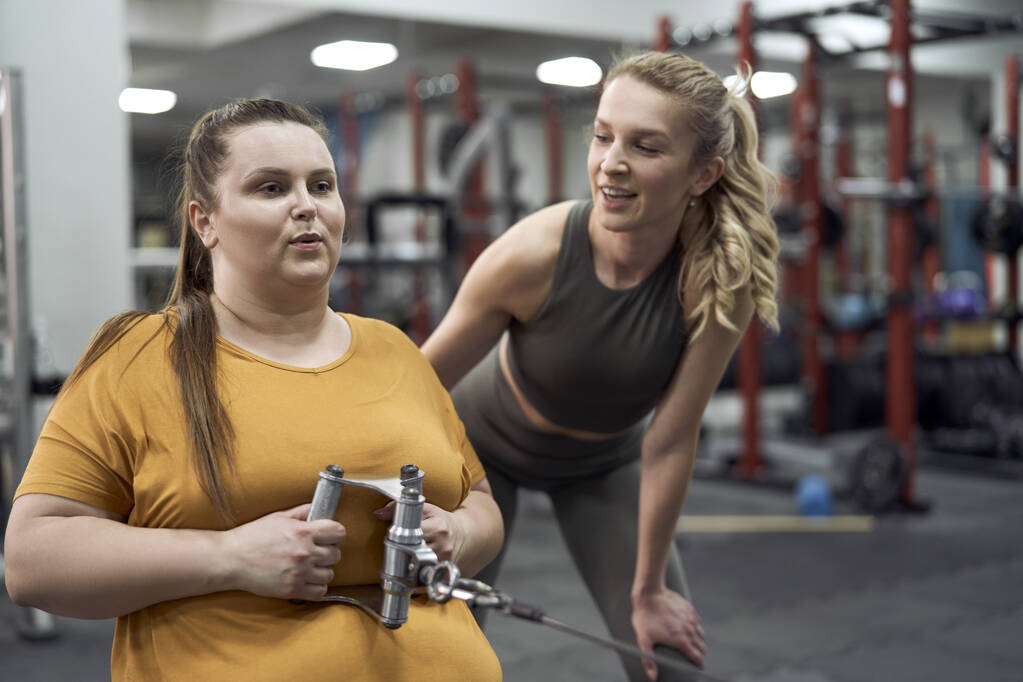
Recognize Limitations
Recognizing and respecting your body’s limitations as you age is important. Pay attention to signs of overuse or injury, such as persistent pain, swelling, or discomfort.
Rest and Recovery
Allow ample time for recovery between workouts. Adequate rest helps your muscles repair and reduces the risk of injury. Incorporate rest days and consider active recovery activities like gentle stretching or walking.
Modify and Adapt
Be willing to modify your exercises to suit your current fitness level and any health conditions. Work with a fitness professional if needed to adapt your routine safely and effectively.
- Stay Consistent and Motivated
Set Realistic Goals
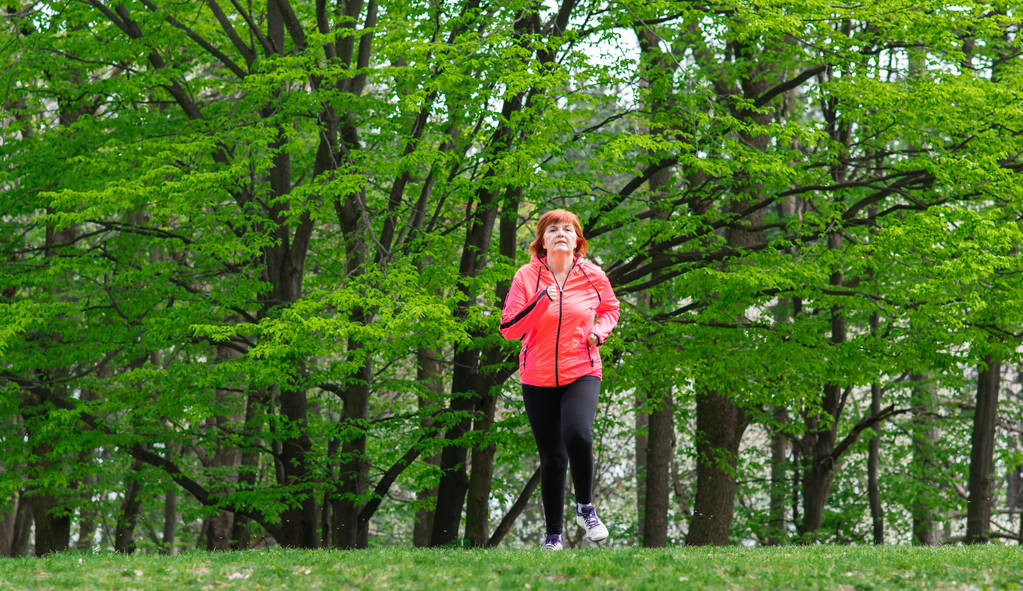
Set realistic goals that align with your current fitness level and health status. Break larger goals into smaller milestones to stay motivated and track your progress.
Enjoyable Activities
Choose activities you enjoy to make exercise a pleasurable part of your routine. Whether it’s dancing, gardening, or playing a sport, finding joy in movement helps you stay consistent.
Social Engagement
Exercise with friends, join a fitness class, or participate in group activities. Social engagement can enhance motivation, accountability, and enjoyment of your exercise routine.
Conclusion: Embrace Change
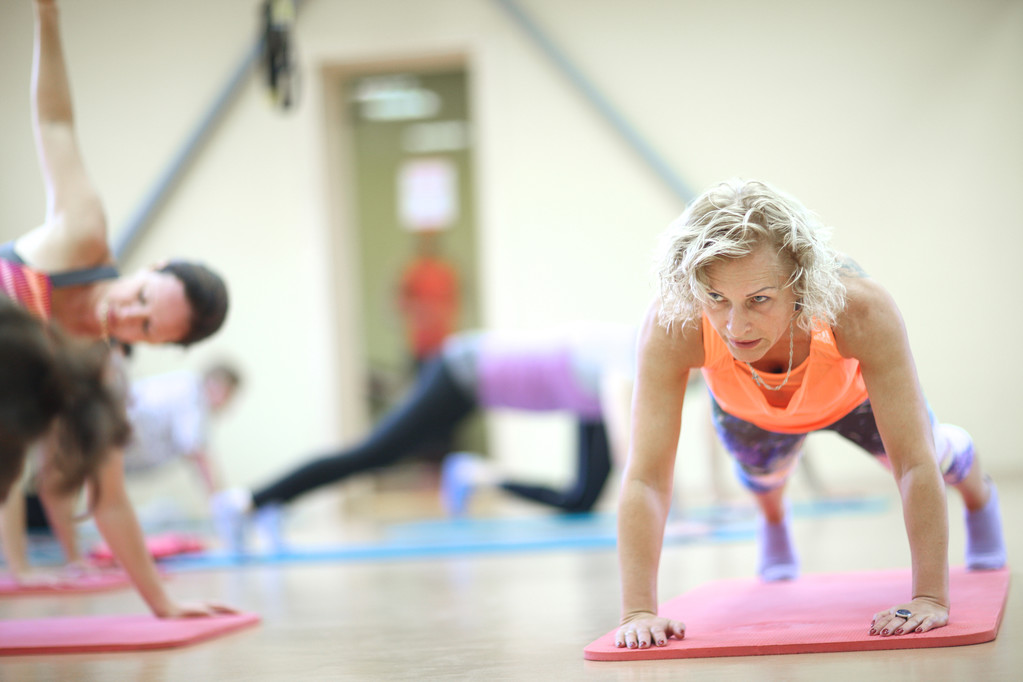
Aging is a natural part of life, and adapting your exercise routine is key to staying healthy and active. You can maintain a safe and effective exercise regimen by focusing on flexibility, strength training, cardiovascular health, balance, and listening to your body. Stay consistent, set realistic goals, and choose activities you enjoy to make physical activity a lasting and rewarding part of your lifestyle.
